The Thermo Scientific™ TSQ Quantum™ Access MAX triple quadrupole mass spectrometer is an LC-MS/MS instrument with excellent sensitivity, specificity, and flexibility. The detection mass range is up to m/z 3000 to support a wide range of applications. This mass spectrometer can meet the quantitative and qualitative needs of a wide range of applications.
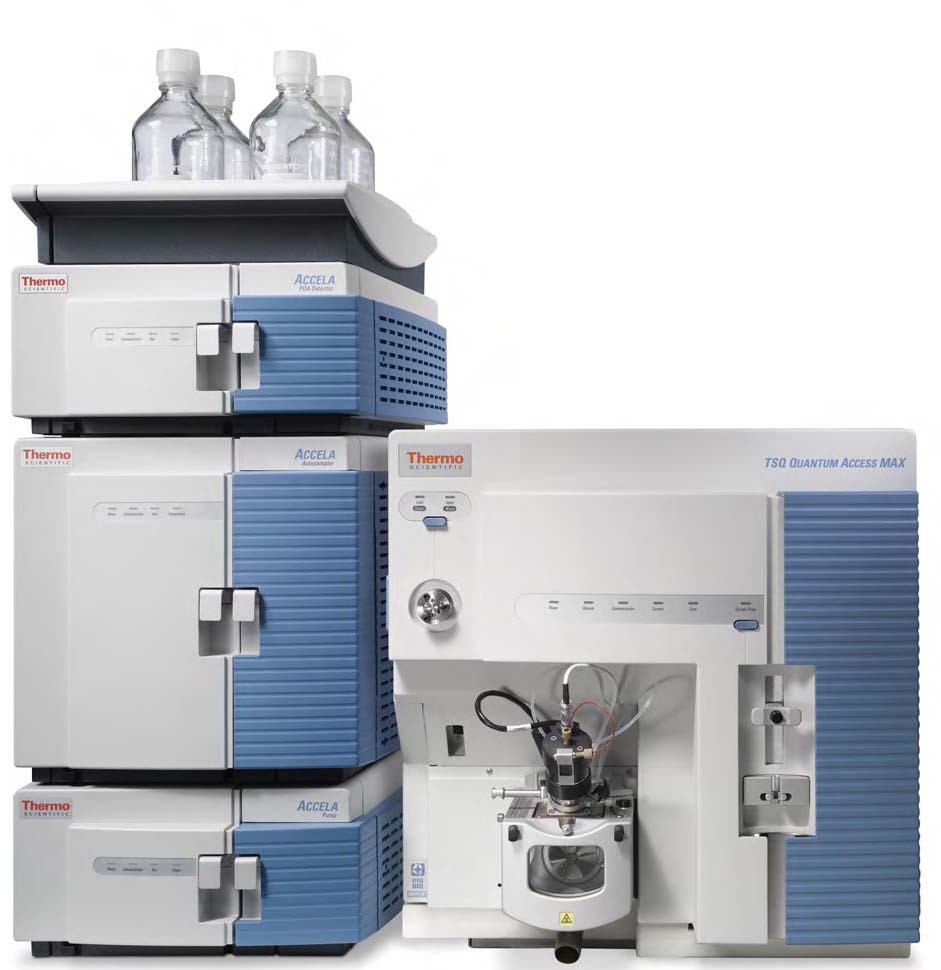
Figure 1. The Thermo Scientific™ TSQ Quantum™ Access MAX triple quadrupole mass spectrometer
The principles of a triple quadrupole mass spectrometer
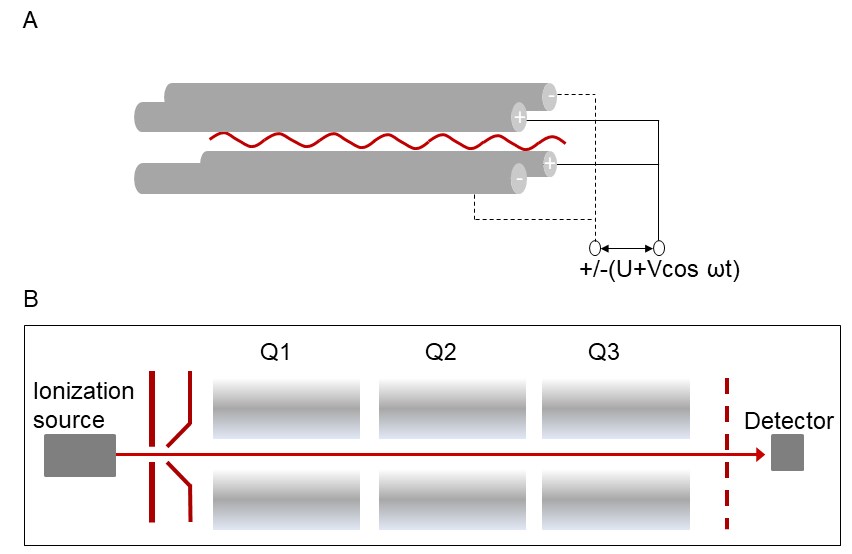
Figure 2. Schematic diagram of single quadrupole mass analyzer (A) and a triple quadrupole mass spectrometer (B)
The quadrupole analyzer is a device to separate ions according to their mass-to-ratio (m/z) rations by using the stability of the trajectories in oscillating electric fields. As shown in Figure 1A, the quadrupole consists of four parallel metal rods with each opposing rod pair connected together electrically. A radio frequency (RF) voltage is applied to one pair of rods while direct current (DC) is applied to another pair. For a given RF and DC combination, only ions with a particular m/z ratio can show a stable trajectory and reach the detector. Owing to the specified amplitude of oscillation, other ions cannot pass the rods. By continuously changing the voltage, usually at a fixed ratio, ions with different m/z values can be transmitted to the detector one after another. This can be mathematically modeled with the help of the Mathieu differential equation.
The principle of a triple quadrupole mass spectrometer is similar to single quadrupole mass analyzer. The first quadrupole (Q1) and the third quadrupole (Q3) are controlled by DC and RF potential, while the second quadrupole (Q2), the collision cell, is only subjected to RF potential which allows all ions to pass through. In the TSQ mass analyzer, the Q1 and the Q3 are quadrupoles, and the Q2 is a square-profile quadrupole. In the Q2, the ions are fragmented by unimolecular decomposition of metastable ions or by collision-induced dissociation (CID) in which ions interact with neutral collision gases (e.g. nitrogen or argon) present in the collision cell. In the collision, some of the kinetic energy is converted into internal energy, which leads to bond breakage and the fragmentation of the molecules into smaller fragments. These fragment ions can be measured by Q3.
The structure of the TSQ triple quadrupole mass spectrometer
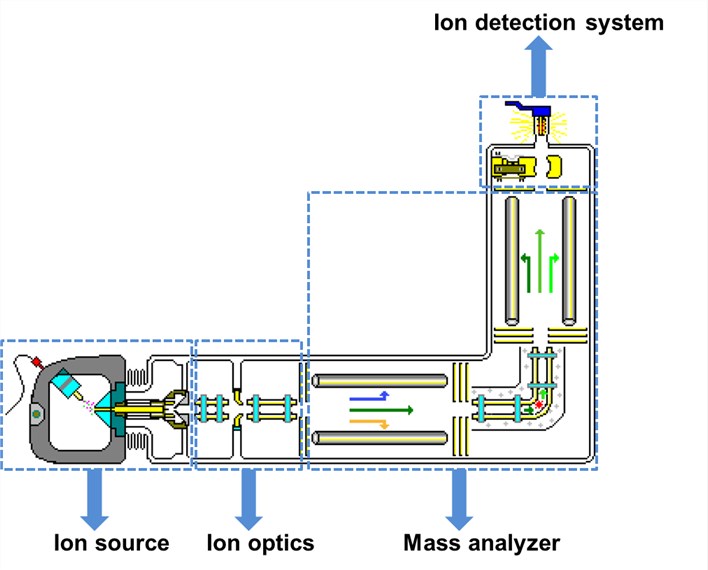
Figure 3. The structure of the TSQ triple quadrupole mass spectrometer
The TSQ Quantum Access Max triple quadrupole mass spectrometer is often equipped with liquid chromatography (LC). A sample is injected into an LC column and then separates into its components. The components elute from the LC column and pass into the mass spectrometer to analysis. As shown in Figure 2, the TSQ mass spectrometer consists of ion source, the ion optics, mass analyzer, and ion detection system.
Ion source
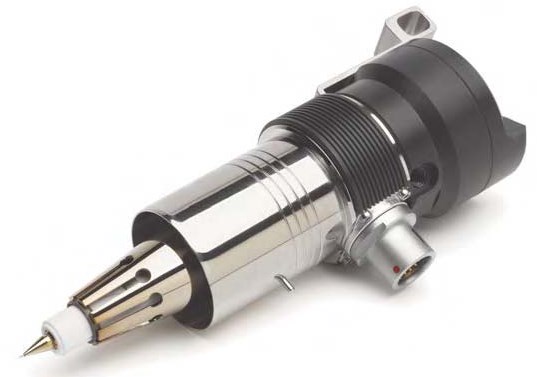
Figure 4. HESI-II heated electrospray ionization source
There are many ionization models available for TSQ mass spectrometer, including electrospray ionization (ESI), heated electrospray ionization (H-ESI), nanospray ionization (NSI), atmospheric pressure photo ionization (APPI), or atmospheric pressure chemical ionization (APCI). As shown in Figure 4, the HESI-II heated electrospray ionization source is a robust and sensitive ionization source for TSQ Quantum Access MAX. It can deliver greater desolvation at higher flow rates and improve nozzle performance.
Ion optics
The ion optics is utilized to focus the ions produced in the ion source and transmit them into the mass analyzer. There are two ion optics components, Q00 ion optics and Q0 ion optics. The Q00 ion optics consists of tube lens, skimmer, Q00 rf lens, the ion source interface cage, and the lens L0. They are located closer to the ion source. The Q0 ion optics transmits ions from the Q00 ion optics to the mass analyzer.
Mass analyzer
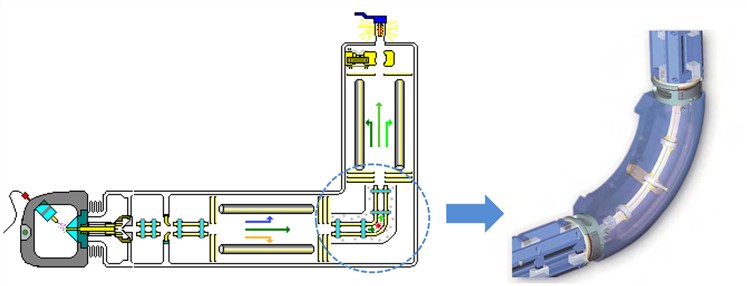
Figure 5. A collision cell with 90-degree arc
The mass analyzer can separate ions according to mass-to-charge (m/z) ratio and transfer them into the detection system. As we have mentioned above, the mass analyzer of TSQ consists of three quadrupole rod assemblies (Q1, Q2, and Q3). The Q1 and the Q3 are quadrupoles and the Q2 is a square-profile quadrupole, where quadrupole rods are bent through a 90-degree arc. It is helpful for reducing the footprint of the instrument, preventing the transmission of unwanted neutral species to the detector, and lowering the noise level in the data. The design of collision cell allows the TSQ Quantum Access MAX to perform SRM scans at the fastest possible scan speeds while ensuring zero cross-talk.
Ion detection system
The TSQ mass spectrometer is equipped with a high-sensitivity and off-axis ion detection system, which is located at the rear of the vacuum manifold behind the mass analyzer. The high voltage applied to the conversion dynode leads to high conversion efficiency and increased signal. In addition, because of the off-axis orientation, neutral molecules from the mass analyzer tend not to strike the conversion dynode or electron multiplier, thus reducing the noise from neutral molecules. Therefore, the ion detection system of the TSQ mass spectrometer increases signal and decreases noise. And it allows voltage polarity switching between positive ion and negative ion modes of operation.
Scan modes of TSQ mass spectrometer
The TSQ mass spectrometer has various scan modes employed by the number and type of rod assemblies and the voltages applied to the rod assemblies.
Q1MS and Q3MS scan modes
The MS scan modes, Q1MS or Q3MS scan modes, perform only one stage of mass analysis. The mass spectrum obtained from these modes is equivalent to the one from the single mass analyzer. After the ions formed in the ion source enter the analyzer assembly, Q1 or Q3 is scanned to obtain a complete mass spectrum. The other rod assemblies work as ion transmission devices. In the Q1MS scan mode, Q1 is used as the mass analyzer; in the Q3MS scan mode, Q3 is used as the mass analyzer.
Product scan mode
In this mode, Q1 is set to allow the transmission of one m/z ions and the ions selected by Q1 are called parent ions. Then the parent ions enter Q2 which can fragment to produce product ions. The total m/z ranges are scanned through Q3. A mass spectrum obtained in the product scan mode is the mass spectrum of a selected parent ion. We can get the ion fragmentation information to deduce the structure of the original ion.
Parent scan mode
In this scan mode, Q1 scans parent ions and then transmits ions sequentially into the Q2. In Q2, parent ions can fragment to produce product ions. Q3 is set to transmit only the mass of the particular group released by the fragmentation in Q2. The resultant spectrum shows all the parent ions that fragment to produce the selected product ion. The parent scan mode can be used for structure and fragmentation studies as well as analyses of mixtures. In general, the parent scan mode detects all compounds that decompose to a common fragment. The experiments are useful for the rapid detection of a series of structural homologs that have a common fragment ion.
Neutral loss scan mode
This scan mode allows the detection of the ions that lose a given neutral fragment in Q2. In this scan mode, both the Q1 and Q3 are scanned. The ions of a specific mass range are scanned in Q1, and then the ions are passed into Q2 for fragmentation. Q3 is scanned over a similar mass range, offset by the neutral mass of the fragment. Thus, a neutral loss mass spectrum is a spectrum that shows all the parent ions that lose a neutral species of a selected mass. Neutral loss scan mode is useful in the selective identification of closely related compounds in a mixture.
Data dependent scan mode
In this scan mode, one or more ions can be selected to perform subsequent scans. There are two ways for the setup of data dependent scan mode. If you know a parent ion, you can set up a list of possible parent ions. When the parent ion you specified is detected, you can acquire product spectra and analyze the information. The second way is suitable when you have little information about your compound. You can set up the parameters to generate product spectra. And you can decide whether the information is useful.
Key features of TSQ Quantum Access MAX
- Highly Selective Reaction Monitoring (H-SRM). H-SRM is superior to selective reaction monitoring (SRM). It can provide higher analyte selectivity while maintaining high transmission efficiency by employing hyperbolic faced rods as opposed to round rod.
- Quantitation-Enhanced Data-Dependent MS/MS (QED-MS/MS). QED-MS/MS makes structural confirmation and quantitation easy. Routine quantitation can be achieved by using QED. Once a particular SRM transition reaches set intensity threshold, the QED is automatically triggered and a novel technology called Reversed Energy Ramp (RER) produces the high sensitivity product ion spectrum. The RER can produce a sensitive and fragment-rich MS/MS spectrum, which can be utilized to confirm the existence of a compound.
- Fast positive/negative mode switching. The fast switching power supply permits positive/negative switching at ≤ 25 ms, which allows the instrument to capture high quality data in positive and negative ionization modes at the same time. It is significantly helpful to analyze multiple classes of compounds in one sample that require ionization in both polarities.
- Comprehensive application-specific software. There is scientific application-specific software available to meet different needs. For example, LCQUAN™ is a secure data system for quantitative analysis and MetWorks™ is metabolite identification software. In addition, Xcalibur™ Data System, TraceFinder™, Mass Frontier™, QuickQuan™, and QuickCalc™ are available for different requirements.
The TSQ Quantum Access MAX can be used in various areas, including pharmaceutical, environmental, food safety, and forensics. At Creative Proteomics, we can provide a wide range of services by using TSQ Quantum Access MAX triple quadrupole mass spectrometer at an affordable price.






